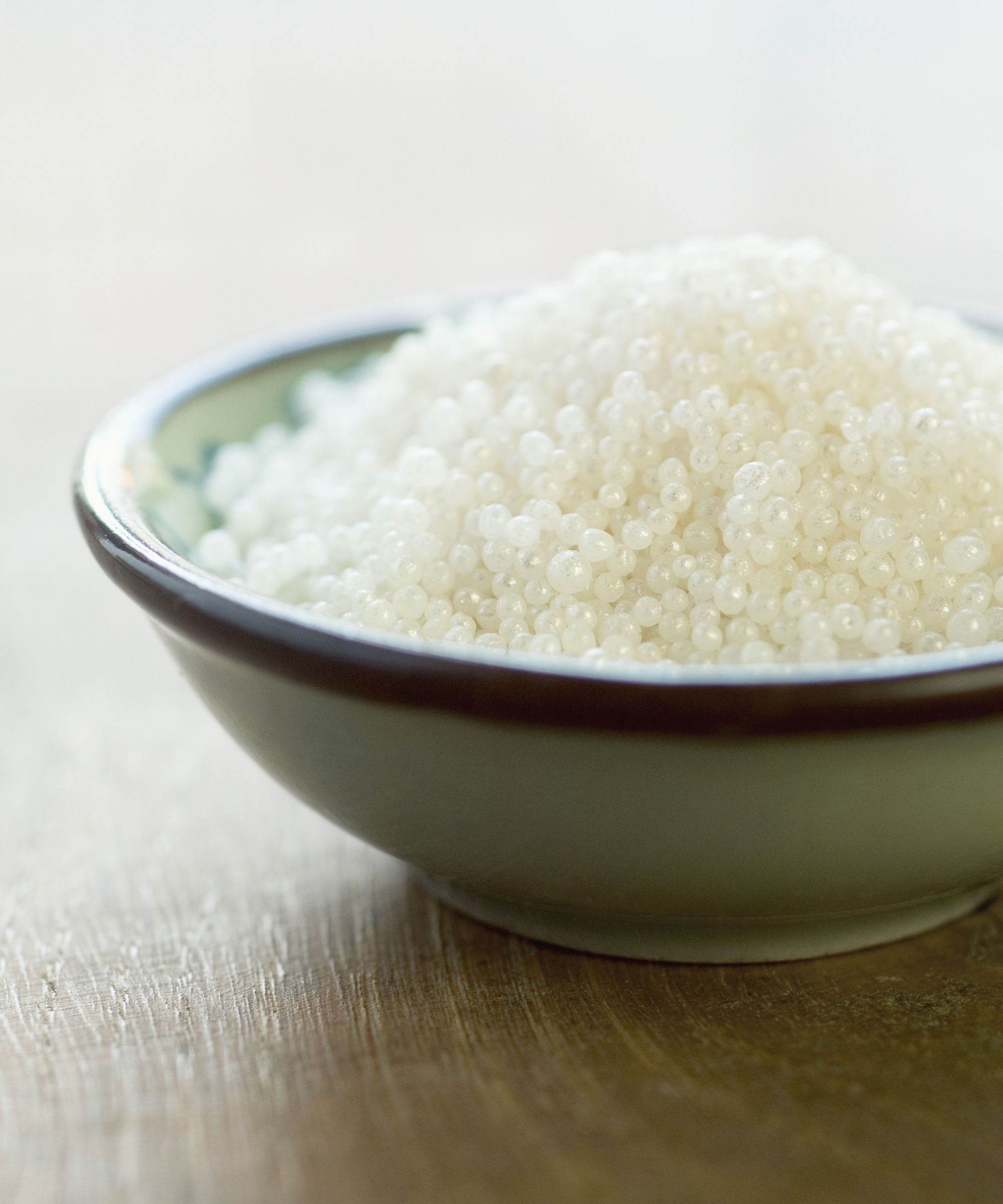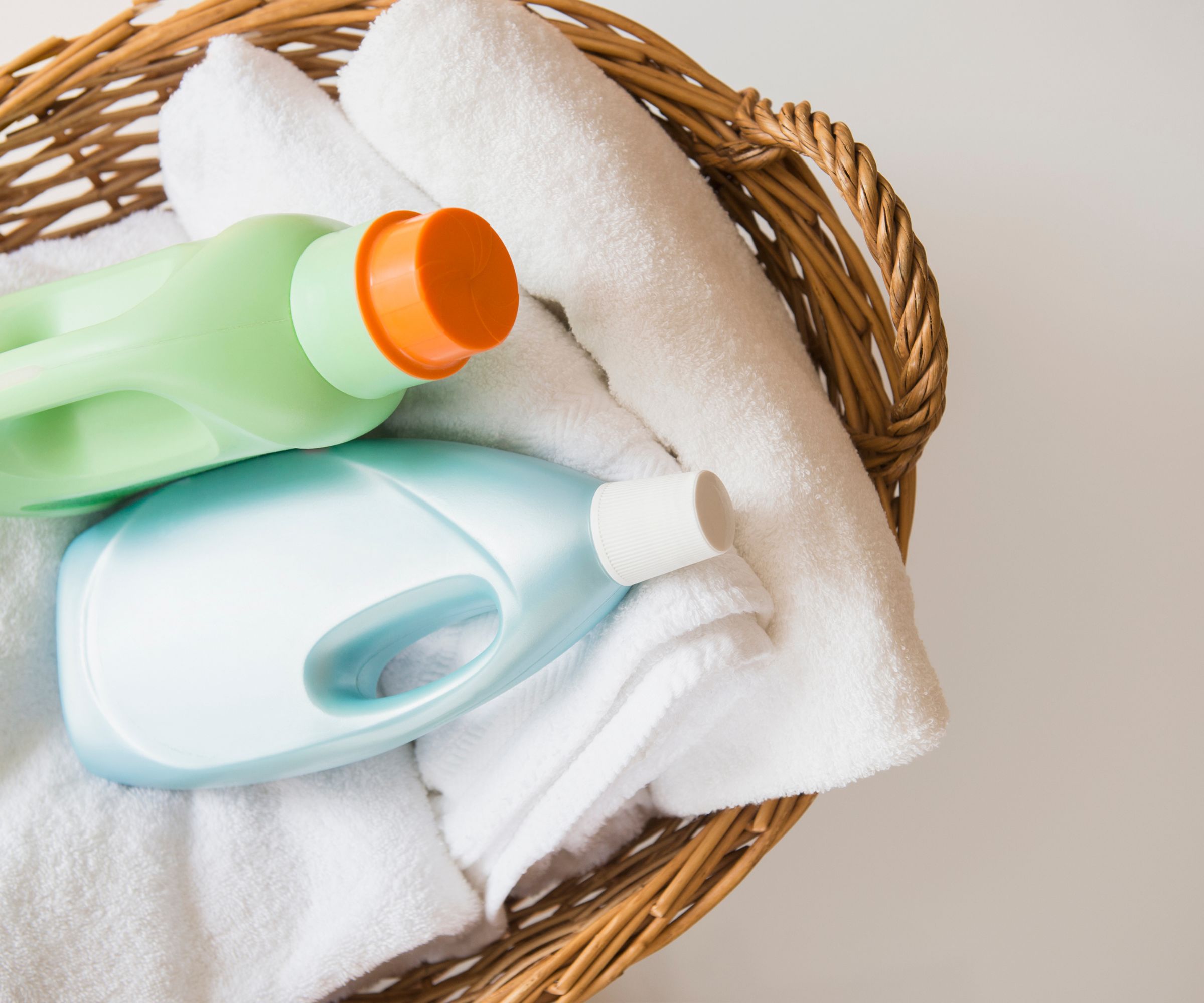Are scent beads bad for your washing machine? Here is what experts say to use instead
They could be causing lasting damage to your machine and your clothes, experts warn


We all want that freshly washed linen smell after every laundry load and scent beads seem to be a great way to achieve it. However, these small laundry pearls could be causing lasting damage to your washing machine, and your clothes too, experts warn.
Here, laundry and appliance experts explain why these may not be the best addition when doing laundry, and what you can use instead to keep your clothes smelling fresh and your washing machine working as it should.
Are scent beads bad for your washing machine?
Although scented laundry beads are designed to dissolve in water and release their fragrance, there have been plenty of situations where the beads fail to dissolve and begin to clog up washing machine pipes, says Jason Carter, appliance repair expert and founder of home maintenance blog Simply Swider.
‘I recall a specific case where a customer's front load washer experienced a drainage issue due to a build-up of undissolved beads in the drain pump,’ he shares. ‘After I removed the blockage and cleaned the affected parts, the machine functioned properly again. However, the customer chose to stop using the scent beads to prevent future issues.’

Jason Carter is a seasoned appliance technician and home improvement expert who has over nine years of hands-on experience in the industry. He uses his blog to share the best tips for home and appliance maintenance, while continuing to work closely alongside professionals.

What's more, the chemicals inside the beads can cause a build-up of residue on the interior components of your washing machine. Sarah Clemence, home and lifestyle blogger behind Busy Blooming Joy, says, ‘From my personal experience, I have found that oil in the beads can contribute to corrosion and clogs in the machine's inner workings, leading to insufficient washes and even lasting water damage if your machine beings to leak,’ she says.
Scent beads could also be causing damage to your clothing too, coating your garments and linens in an oily residue. This not only makes them feel odd to the touch but makes them more flammable too – much like when you use too much laundry detergent.
‘I'm not a big fan of laundry pearls and just don't think they are necessary,’ says Millie Hurst, Solved section editor for Homes & Gardens. ‘They are essentially made up of strongly scented fat and oil such as polyethylene glycol – two things I don’t like to think of covering my clothing. I opt for using a nice smelling laundry detergent instead.’
Design expertise in your inbox – from inspiring decorating ideas and beautiful celebrity homes to practical gardening advice and shopping round-ups.

Millie Hurst is Section Editor at Homes & Gardens, overseeing the Solved section, which provides readers with practical advice for their homes. Millie has written about and tried out countless cleaning and DIY hacks in the six years since she became a journalist, and has worked in both London and New York.
That being said, there are a few caveats to consider when using scent beads that could prevent a few of these issues. Using a smaller amount of the beads each laundry load, for instance, and making sure to wash in warm water rather than cold water can help the beads to break down as intended, says Jason Carter, maintenance expert.
For products like these, it is vital that you ‘adhere to the product's instructions to help reduce the likelihood of such issues,’ he warns. These tips are not likely to prevent your clothes from being coated in residue, though, so it is still best to use them sparingly.
What to use instead of scent beads

There are some great natural alternatives that won't risk your clothes or your washing machine – from using vinegar in laundry to deodorize clothing or using lemon juice in laundry to bleach whites and freshen up their scent.
‘White vinegar is also a natural fabric softener,’ explains Sarah Clemence, home and lifestyle blogger. ‘It neutralizes odors and leaves clothes smelling clean and fresh without any overpowering scents. Just add about half a cup to the fabric softener compartment of your washer, and you're good to go.’
Jason Carter suggests using wool dryer balls coated with a few drops of essential oils after washing your clothes to help boost their scent without damaging your machine (or the environment).
‘You could also try making your own laundry detergent, creating just the right level of fragrance,’ adds Millie Hurst, Solved section editor. ‘These are also often more eco-friendly too. I always line dry laundry, allowing it to dry slowly in fresh air to help preserve the freshly washed small you often lose when using a tumble dryer.’
Wool Dryer Balls | $19.95 at Amazon
Using wool dryer balls saves time, money, and energy during your laundry cycle and can be scented to your preference. Use three laundry dryer balls for small/medium loads, and five to six for large.
FAQs
Are scent beads better than fabric softeners?
If you are looking for a strong scent from your freshly washed laundry, then scent beads are often better for your laundry load than fabric softener when used correctly and following the manufacturer's instructions. On the other hand, if you are looking for softer laundry, then fabric softener is better as scent beads fragrance but do not relax the clothing fibers.
It is good to note that these products can often be used in conjunction with one another in a single laundry load to have the best of both worlds. If you follow this route, it is recommended to match the scent of the two products so that they do not produce a strange odor instead of a fresh one.
Where do you put scent beads in the washing machine?
When adding scent beads to your washing machine, measure out the recommended amount and drop them directly into the machine's drum before you add your clothes. After that, start the wash and launder as normal, using the settings recommended on your scent bead instructions.
All in all, scent beads can be damaging your washing machine when they do not dissolve – even if you follow the instructions carefully. Instead, experts recommend a series of other natural laundry hacks, such as using vinegar or opting to use baking soda in laundry, to deodorize clothing without causing any harm.

Chiana has been at Homes & Gardens for two years and is our resident 'queen' of non-toxic living. She spends most of her time producing content for the Solved section of the website, helping readers get the most out of their homes through clever decluttering, cleaning, and tidying tips. She was named one of Fixr's top home improvement journalists in 2024.
